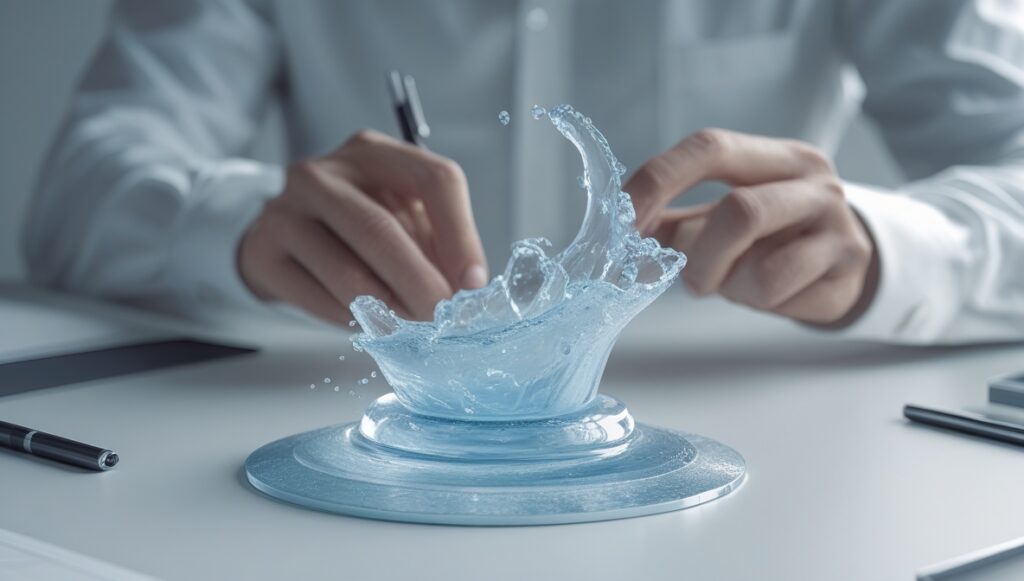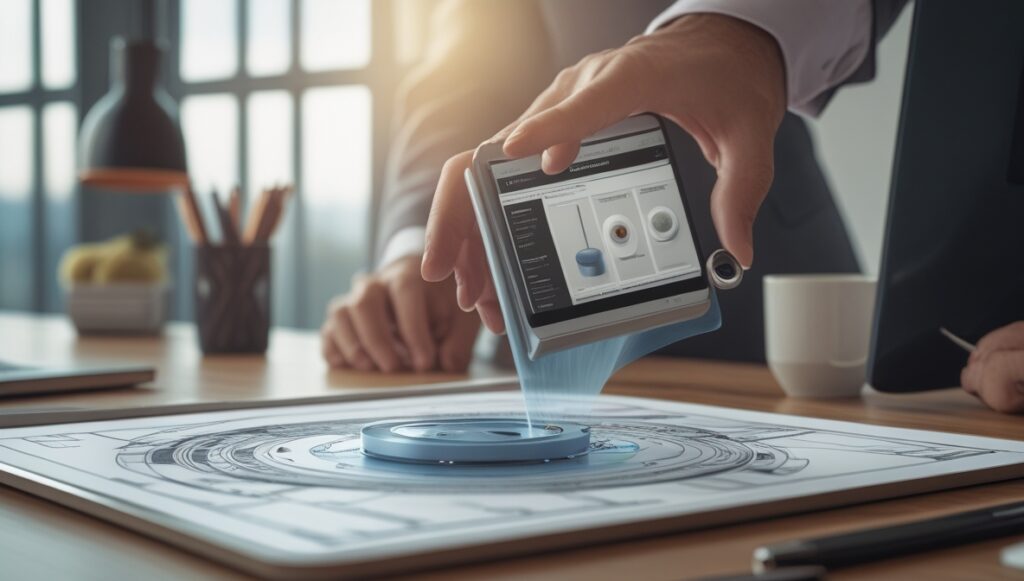In today’s fast-paced design and product development world, effectively communicating a product’s vision is paramount. Words alone often fall short, leaving too much to the imagination. That’s where Product Rendering and Visualization steps in, transforming abstract ideas into tangible, stunning realities. High-quality visuals aren’t just a luxury; they are a critical tool for success, significantly impacting marketing, investor engagement, and internal team alignment.
The Undeniable Value of High-Quality Product Visualization
Bridging the Communication Gap
Design intent—the core purpose and aesthetic of a product—can be complex. Furthermore, stakeholders often come from diverse backgrounds, including engineering, marketing, and finance. Consequently, a simple technical drawing or sketch may not resonate universally.
Product Rendering and Visualization offers a universal language. Photorealistic renderings and detailed visualizations eliminate ambiguity, ensuring everyone sees the product exactly as intended. By making the design instantly clear, you drastically reduce misunderstandings and costly rework later in the development cycle.
Product Rendering and Visualization for Marketing Success

In the competitive digital marketplace, a product’s visual appeal often determines its initial success. Specifically, high-quality renderings are invaluable for pre-launch buzz and ongoing promotional efforts.
- Elevating the Customer Experience: Consumers buy with their eyes. Stunning 3D visuals, including interactive 360-degree views, allow potential customers to explore the product in detail before it even exists physically. Therefore, this enhanced experience builds trust and excitement, translating directly into higher conversion rates.
- Speeding Up Time-to-Market: Traditional product photography requires a final, manufactured product. Conversely, 3D product visualization allows marketing materials to be created concurrently with the design phase. As a result, campaigns launch sooner, giving you a competitive edge.
- Creating Flexible Assets: A single 3D model generates endless variations—different colors, textures, environments, and close-up shots—at a fraction of the cost and time of physical photography. You simply gain ultimate control over your brand presentation.
Securing Investment and Stakeholder Alignment with Product Visualization

🤝 Impressing Investors with Product Rendering and Visualization
Investor pitches are high-stakes presentations where clarity and impact are essential. Investors need to quickly grasp the product’s potential and market viability.
High-quality product rendering and visualization provides the necessary gravitas. Instead of abstractly describing a concept, you can show a refined, market-ready version of the product. This demonstration powerfully conveys professionalism and confidence in the design, making the business case much more compelling. A polished visual asset speaks volumes about the maturity of your concept and your team’s execution capability.
🎯 Achieving Internal Team Alignment
Effective Product Rendering and Visualization is just as crucial internally as it is externally. It serves as a single source of truth for all cross-functional teams.
- Design & Engineering: Engineers can use the detailed visualization to understand aesthetic constraints, while designers verify how materials and finishes translate in a realistic setting. Consequently, both teams work toward a unified vision, dramatically streamlining collaboration.
- Sales & Training: Sales teams can use the realistic visuals to demonstrate product features and benefits long before physical prototypes are available. Similarly, training manuals and installation guides benefit from clear, detailed visual aids derived from the 3D models. Ultimately, everyone is on the same page, accelerating the entire product lifecycle.
Maximizing Your Investment in Product Visualization

To truly rank on Google and maximize your visual assets, you must embrace the best practices in creating high-quality visualizations.
1. Focus on Photorealism and Detail
Your renderings must look indistinguishable from real life. Pay close attention to:
- Lighting and Shadows: Realistic lighting anchors the product in its environment.
- Material Accuracy: The texture of wood, the reflectivity of metal, or the softness of fabric must be perfectly rendered.
2. Utilize Interactive Visuals
Go beyond static images. Implement:
- 360-Degree Views: Allowing users to spin and inspect the product from every angle.
- Augmented Reality (AR): Enabling customers to place the virtual product in their own physical space, significantly boosting engagement.
3. Consistency Across All Channels
Ensure that the visual identity established through your Product Rendering and Visualization remains consistent across your website, social media, and investor decks. This consistency builds a strong, recognizable brand image.
Conclusion: The Visual Imperative
In the current landscape, Product Rendering and Visualization stands out as a non-negotiable tool for product success. They are not merely pretty pictures; they are strategic assets that effectively communicate design intent, secure funding, align teams, and ultimately, drive sales. Embrace the power of high-quality visuals to ensure your product not only gets seen but is truly understood and desired by all stakeholders.
If you are looking for services such as product rendering, consider giving as a ping using the contact page.

